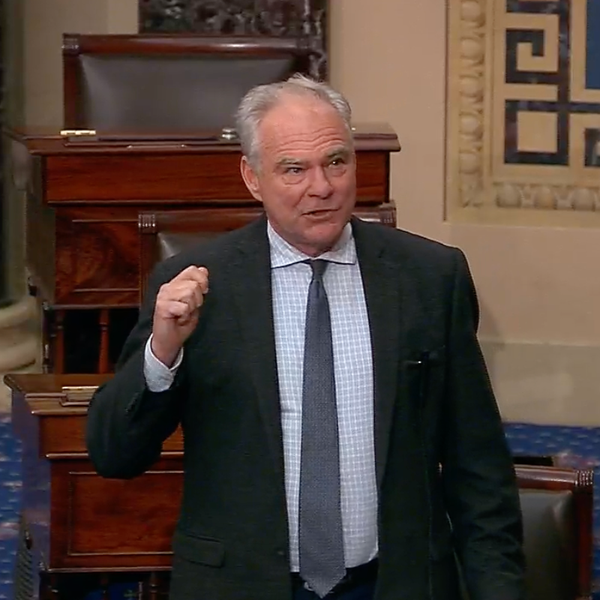Despite positive recruitment reports from Defense Secretary Pete Hegseth, the Army is struggling with high attrition rates. Nearly 25% of recruits have failed to complete their contracts since 2022.
The Army reported in September that it exceeded its FY2024 recruitment goals. It even witnessed a backlog of new recruits waiting for training, as around 11,000 were placed in the delayed entry program. The question seems to be, can they keep them? The numbers aren’t promising.
Army data reviewed by Military.com suggests that, since 2022, nearly 25% of recruits have left the military before completing their initial contracts. The quality of recruits is one of several factors contributing to high attrition rates. According to service data, the military placed 25% of all enlistees in at least one of the Future Soldier Preparatory Courses, a series of trainings designed to assist recruits who do not meet academic or health standards set by the Pentagon. Of those who attend these courses, 25% do not complete their first contract. Those who did not attend the course still had a 20% attrition rate.
The number of eligible recruits in the country has also shrunk dramatically. According to a senior Army official, only 8% of the population is eligible for “clean enlistment” with no waivers, much lower than the 23% found in a 2020 DOD study. To combat this, the Army more than doubled the number of medical, academic, and criminal waivers granted to recruits in 2024 compared to 2022. More than 400 felony waivers were included in the 2024 waivers, up from 98 in 2022.
Not only did the Army reduce its recruitment goal to 55,000 from 65,000 in 2023, but the previous recruitment gains are muddled by the high attrition rates.
Hegseth previously mentioned the need to strengthen the military’s standards. President Trump signed an executive order in January to end the Department of Defense's Diversity, Equity, and Inclusion programs but has not addressed slipping academic or health standards within the recruitment pool.
The military has been suffering from a credibility problem overall. A survey from 2022 found that only 48% of the public “expressed a great deal of trust and confidence” in the military. Of the respondents, 47% said that the wars in Iraq and Afghanistan were reasons for their lack of confidence. Some have blamed the post-9/11 wars and growing mistrust in government institutions for lagging recruitment over the last several years. In addition, broader access to secondary education and job training have offered other options to kids who, in years past, would see the military as the only ticket to school and work after high school.
But that doesn’t explain the crisis of attrition, which appears to be a much more complicated issue.
“I don't know what an acceptable attrition rate is, but we have to meet people where they are," stated a senior Army official. "The quality of new soldiers is an enormous problem we're paying for. But that's just where the country is."
When asked about the quality of recruits, service spokesperson Madison Bonzo said, “U.S. Army Recruiting Command remains committed to recruiting young men and women into our Army that are ready and qualified to join the most lethal fighting force in the world to ensure our nation's security."
- No Maverick appeal: Air Force misses recruitment goal for first time since 1999 ›
- Why America fell out of love with its Army ›















